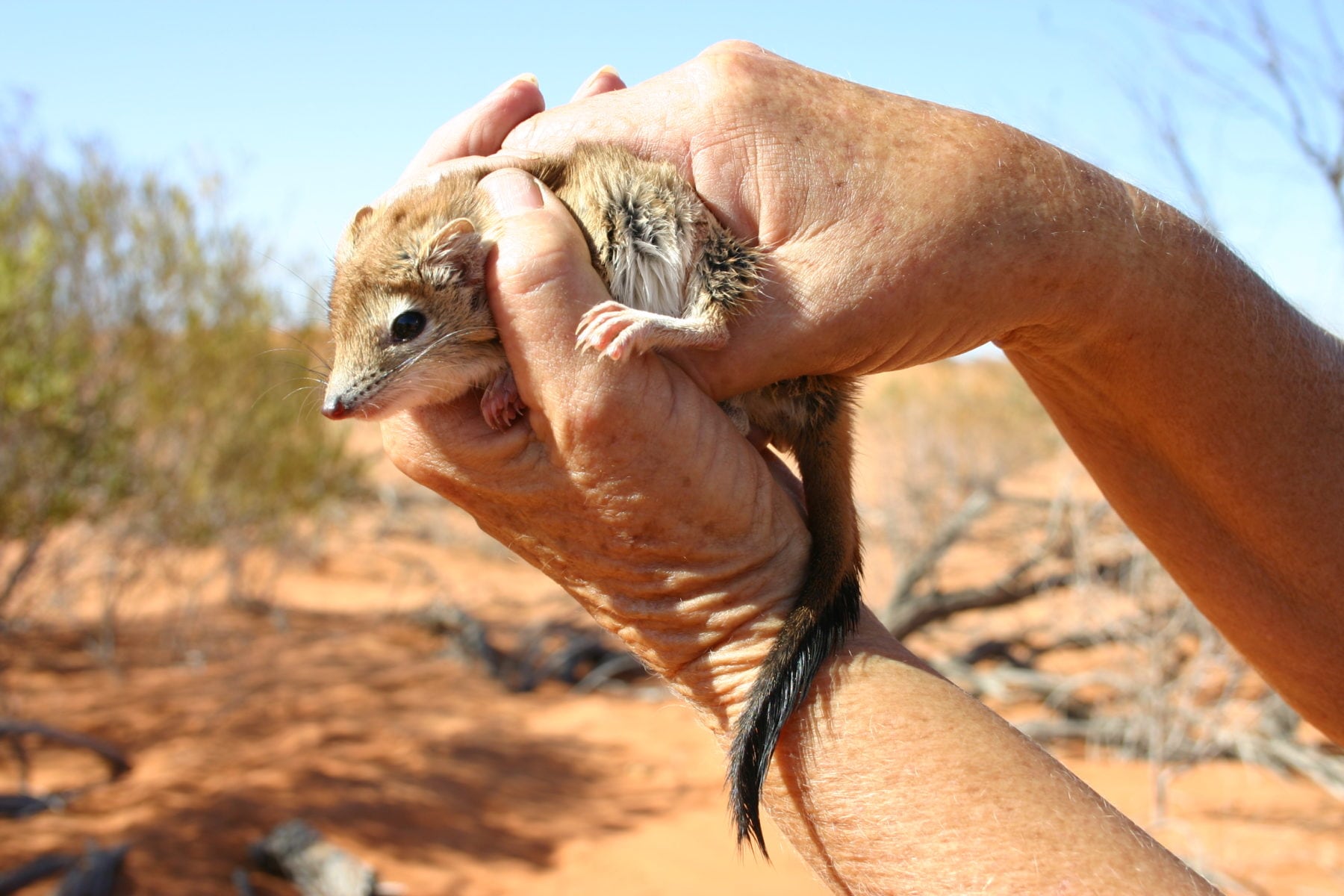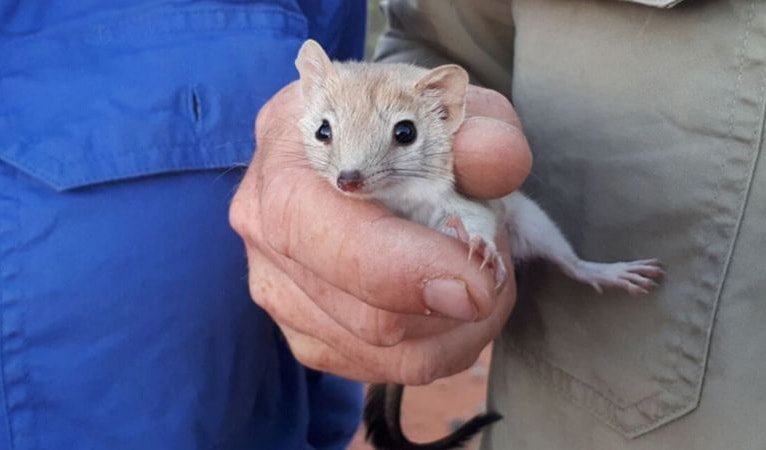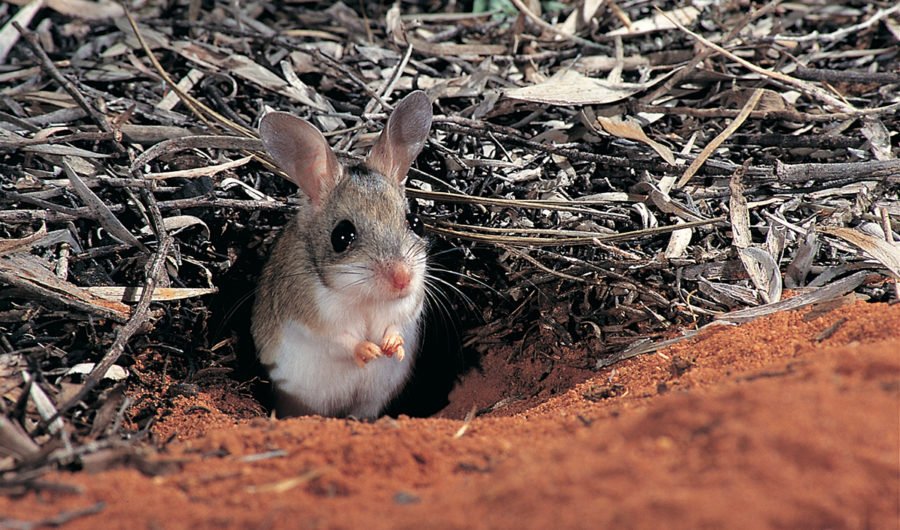19 crest-tailed mulgaras have been released in NSW for the first time

DON’T BE FOOLED by its adorable looks, the mulgara is a carnivorous marsupial with a solid set of teeth and a close relative of the Tasmanian devil. Until 2017 it was believed that the crest-tailed mulgara, one of two species of mulgara, was extinct in NSW.
That was when a team of scientists from the University of New South Wales’s Wild Deserts Project came across a single individual in Sturt National Park north-west of Tibooburra. Now, three years later, for the very first time, the same team is releasing 19 mulgaras into the park with the aim of establishing a self-sustaining population.
The species currently persists in small numbers within the Strezlecki and Simpson Deserts in South Australia; where the individuals for this reintroduction project were trans-located from.

“Crest-tailed mulgaras were once widely distributed across sandy desert environments in inland Australia, but introduced pests, including rabbits, cats and foxes, have contributed to their decline,” says Wild Deserts leader UNSW Professor Richard Kingsford. Since the discovery in 2017, the scientists have been running predator and rabbit eradication programs to ensure the released animals have the best chance of surviving.
A crest-tailed mulgara being released into Sturt National Park.
Wild Deserts has established two exclosures in the park, Thipa and Mingku, measuring 2000ha each, with the help of consultancy company Ecological Horizons and the NSW Government’s Saving Our Species program.
“We are really excited about this reintroduction,” says Wild Deserts ecologist Rebecca West. “The species has been expanding its population in adjacent South Australia after rabbit populations declined. Establishing a population in NSW will be wonderful.”
Another Wild Deserts ecologist, Reece Pedler, says recent rains have created ideal conditions for the reintroductions. All team members are eager to see success, not just to increase their knowledge around reintroductions, but to better understand crest-tailed mulgaras. “Now we have everything in place, with a great team on the ground to maximise our learnings of these reintroductions in the restoration of this desert ecosystem,” Richard says.
The release of the 19 mulgaras is the first of seven planned reintroductions to the Wild Deserts sites. The greater bilby, burrowing bettong, western quoll and western barred bandicoot are next on the list.



